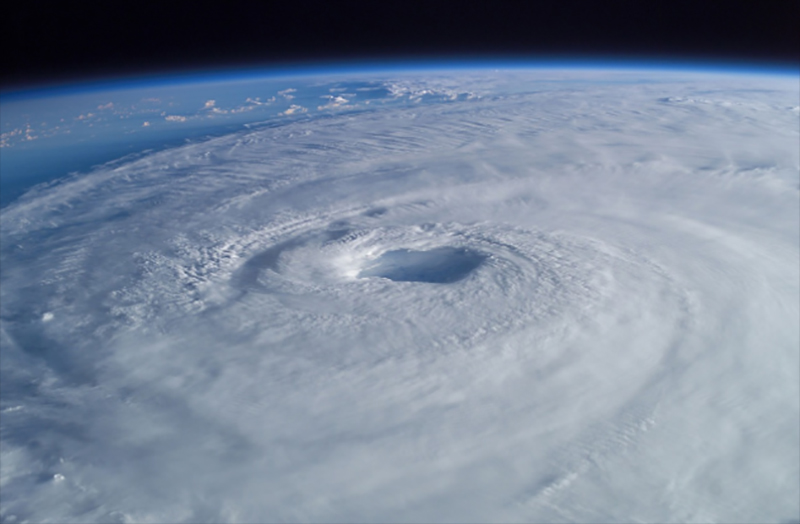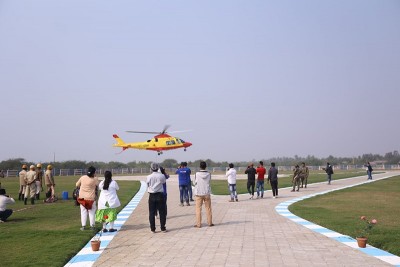 Japan Typhoon
Japan Typhoon
Japan: Nearly 140,000 people ordered to evacuate due to typhoon Mawar
Tokyo: The Japanese authorities on Friday issued an order to evacuate 138,700 residents of the southern prefectures of the country, due to the danger of powerful typhoon Mawar, which is approaching the south-eastern coast of the archipelago, Japanese broadcaster NHK reported.
The highest alert, warning level five, which urges people to take immediate action to ensure their safety, was introduced in Wakayama prefecture for over 12,000 residents.
The authorities are calling on people to take shelter above the second floor and to occupy the safest places possible without going outside.
Warning level four, urging people to evacuate to shelters while it is still possible, has been declared in 13 prefectures. Earlier in the day, this threat level was introduced for 80,500 residents of Ehime and Aichi prefectures over the danger of heavy rain caused by the typhoon.
Currently, the typhoon is some 52 kilometers (32 miles) east-southeast off the coast of Okinawa, but its impact is felt around the eastern coastline of Japan. Due to its slow advance north, the heavy rains have become protracted and are hovering over the same locations.
Before Saturday morning, 350 millimeters of rain are expected to fall on Shikoku Island, 300 millimeters in the Kansai region, and 250 millimeters of precipitations are due in the Kanto region, where the Japanese capital, Tokyo is located.
(With UNI inputs)
Support Our Journalism
We cannot do without you.. your contribution supports unbiased journalism
IBNS is not driven by any ism- not wokeism, not racism, not skewed secularism, not hyper right-wing or left liberal ideals, nor by any hardline religious beliefs or hyper nationalism. We want to serve you good old objective news, as they are. We do not judge or preach. We let people decide for themselves. We only try to present factual and well-sourced news.







